-
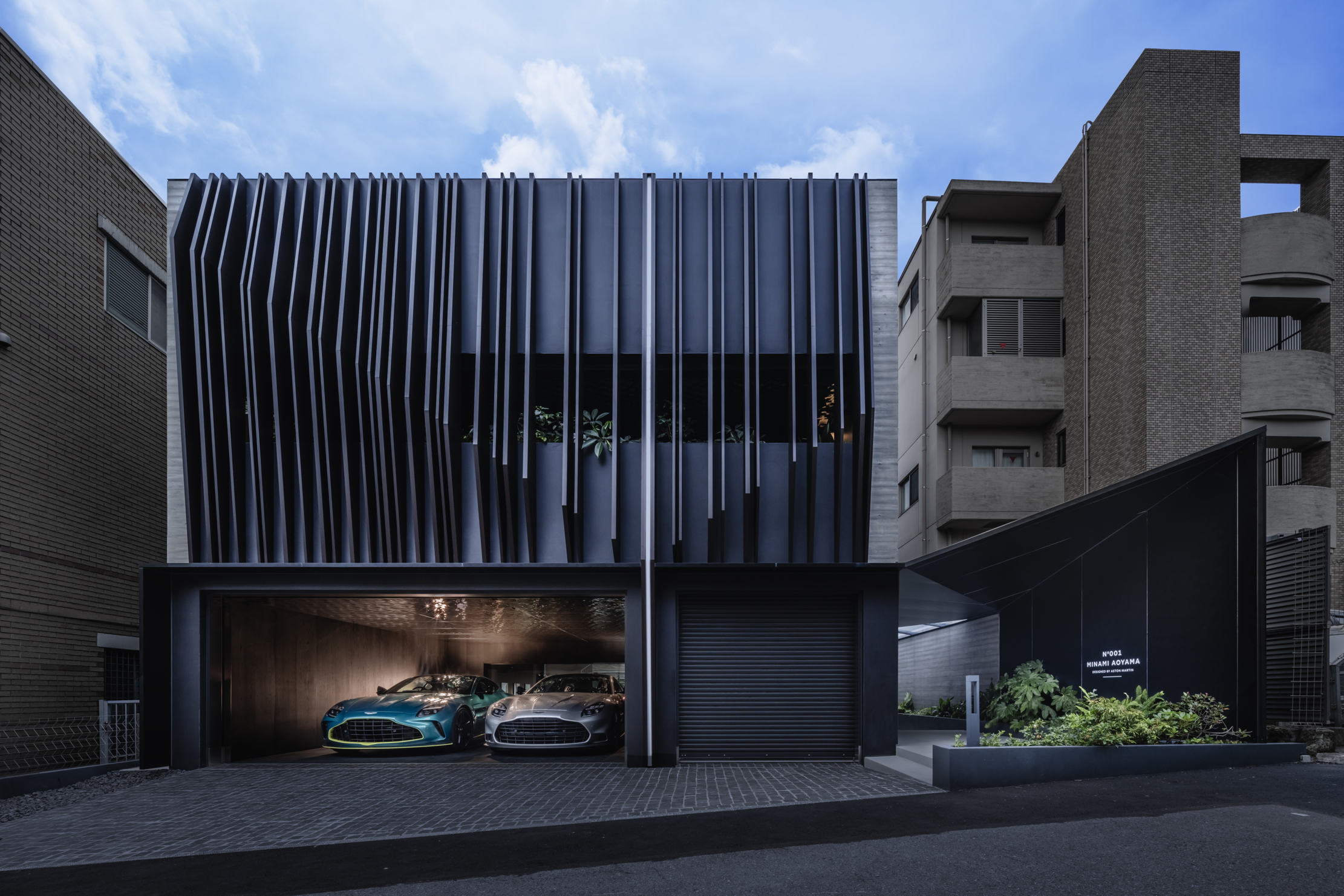
'The city has always held an important creative space within our design studio': A luxury townhouse in Tokyo, courtesy of Aston Martin
By James Fisher
-
-

Tuning in with the past: Monk music will ring out for the first time since the Dissolution after medieval manuscript is rediscovered
By Annunciata Elwes
-

The Mediterranean Magic of Malta
By Holly Kirkwood
-

'Never willing to pardon where I had a power to revenge’: The history of the duelling class
By John F. Mueller
-

The Beatles meet Disney, and the first-ever Cruft's: Country Life Quiz of the Day, July 7, 2025
By Country Life
-

'I have lost a treasure, such a sister, such a friend as never can have been surpassed': Inside Jane Austen's Winchester home where she penned her final words and drew her final breath
By Adam Rattray
-

What everyone is talking about this week: 'People who tended to be more obedient about lockdown are now its fiercest critics'
By Will Hosie
-
Exquisite houses, the beauty of Nature, and how to get the most from your life, straight to your inbox.
People & Places
-
-
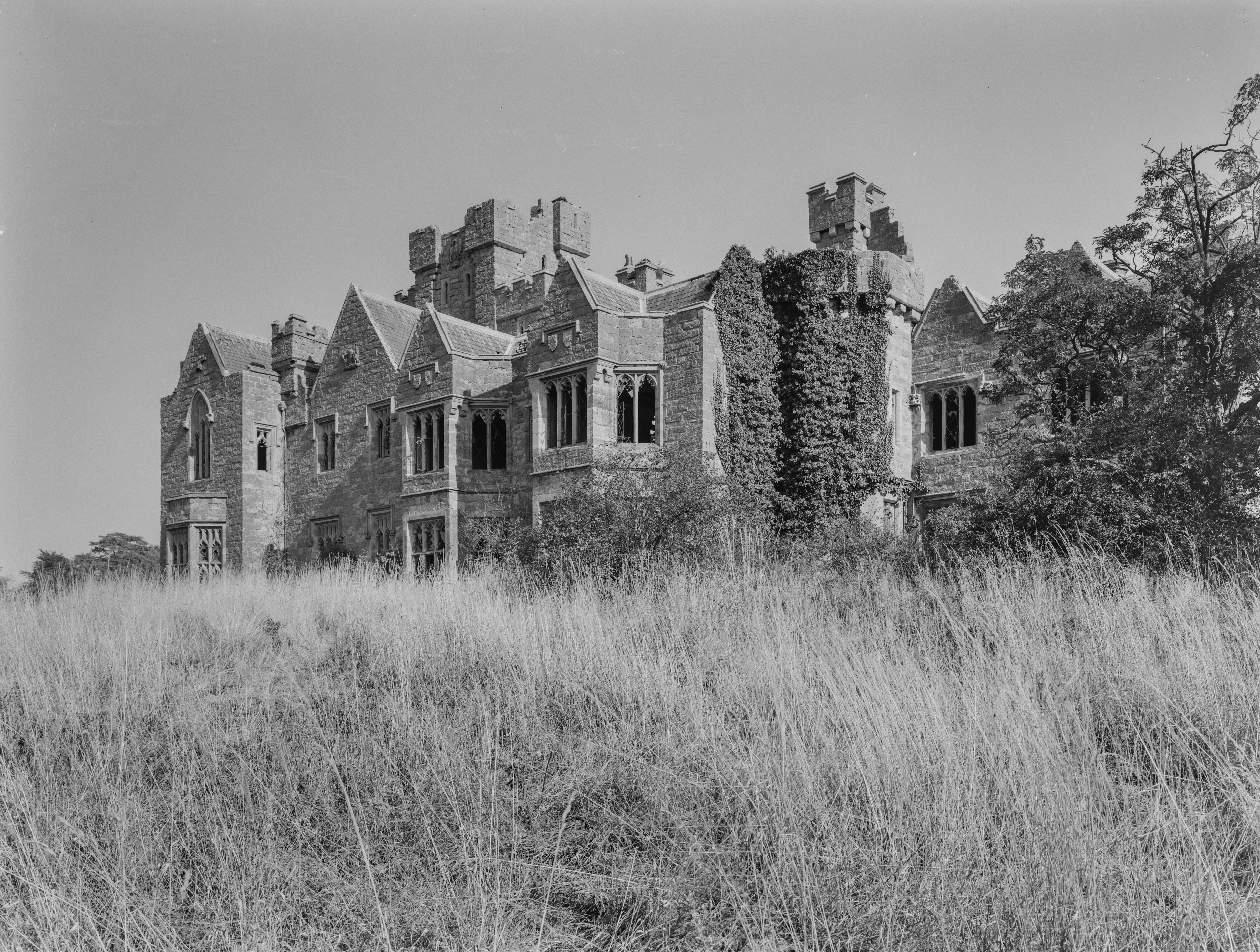
‘It has been destroyed beyond repair, not by the effect of gunfire, but by a deliberate act of vandalism’: Britain’s long lost great houses that live on only inside the Country Life archive
-
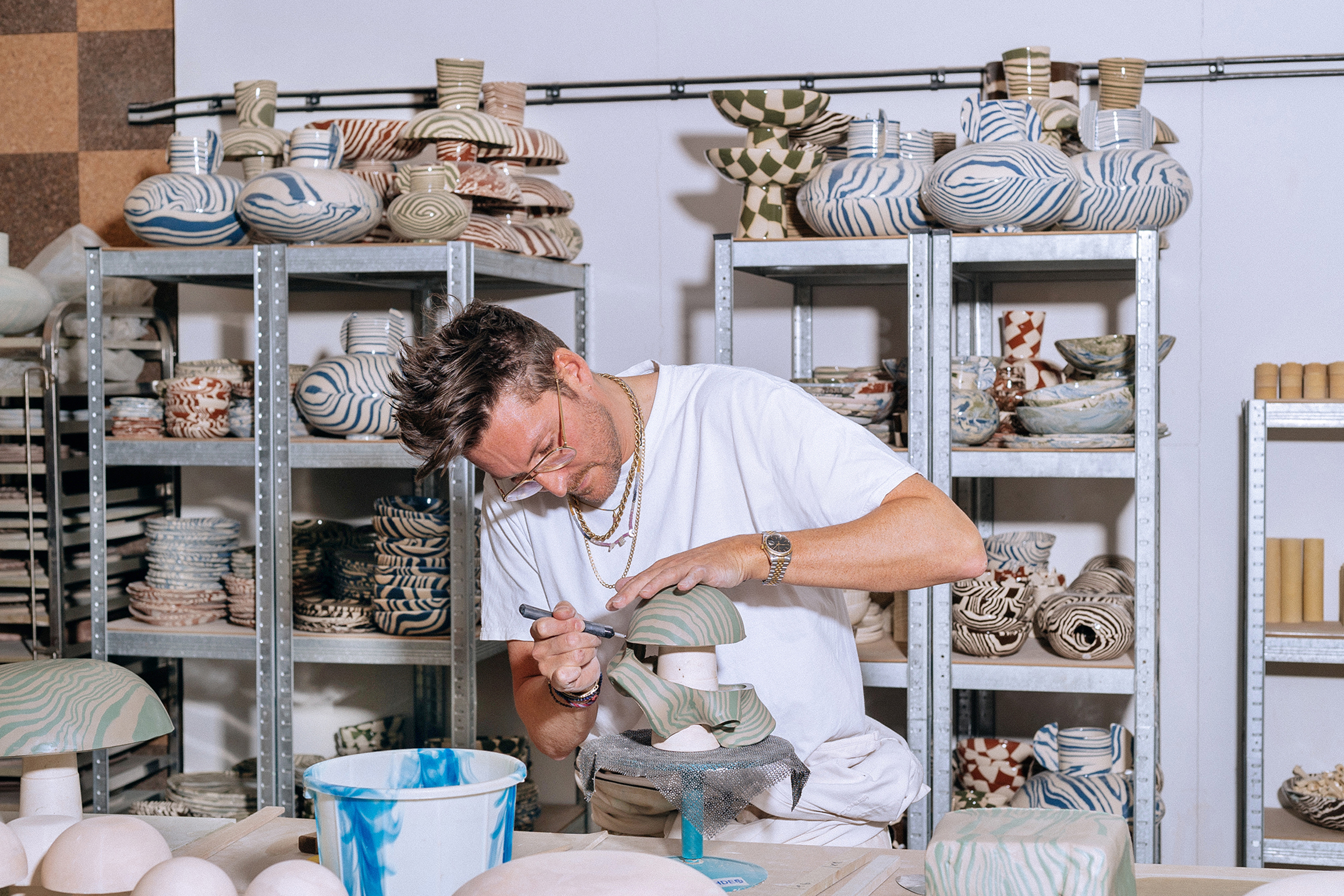
Henry Holland's consuming passions: 'I started my career as the fashion editor of Smash Hits magazine and I am still a pop tart at heart!'
-

The extraordinary Exe Estuary, by the Earl whose family have lived here for 700 years
-

‘There are moments of formal dressing where one is humbled by the rules of it all’: A New Yorker tackles Royal Ascot for the first time
-
Property
View all Property-

'The city has always held an important creative space within our design studio': A luxury townhouse in Tokyo, courtesy of Aston Martin
By James Fisher
-
-

The Mediterranean Magic of Malta
By Holly Kirkwood
-

Four country houses with their own tennis courts, as seen in Country Life
By Annunciata Elwes
-
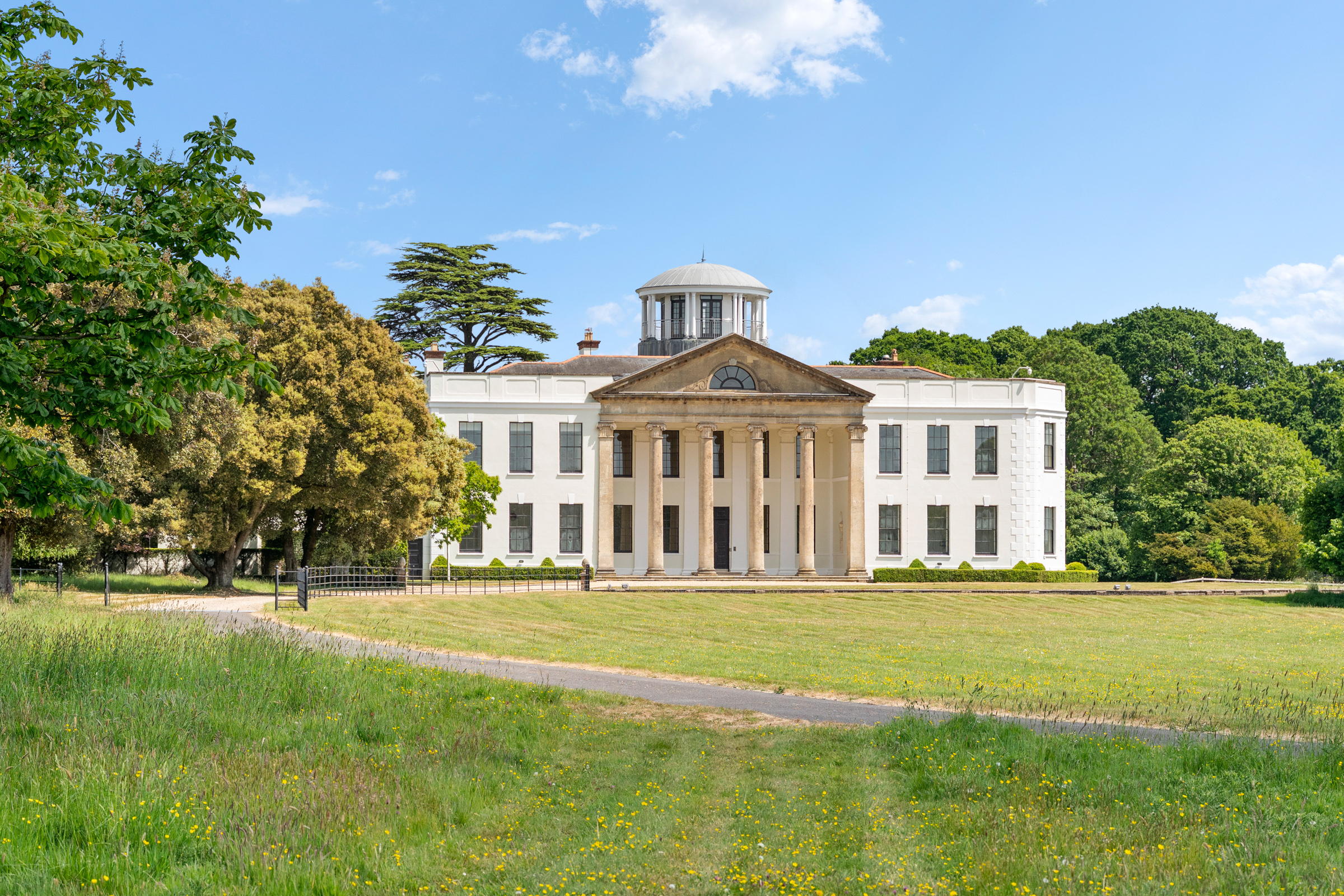
The majestic New Forest estate formerly owned by a billionaire adventurer — famous for driving 'the world's fastest kettle' — has come up for sale
By Anna White
-

A Hampshire Manor for sale that dates back to the days of Alfred the Great, with the most beautiful staircase we've seen in years
By Lotte Brundle
-

The new property hotspots where you can have it all: Beautiful houses, great schools and idyllic lifestyle
By Anna White
-

A country house that comes with a Harrier Jump Jet
By James Fisher
-
Our expert voices
Interiors
View All Interiors-

I've seen the light: How a dark and gloomy kitchen in the Scottish Borders was reconfigured for 21st century living
By Arabella Youens
-
-

'Comfortable, cosseting and far from the madding crowd': The recently refurbished Cornish cottage that proves Victorian decor is making a comeback
By Giles Kime
-

18 inspiring ideas to help you make the most of meals in the garden this summer
By Amelia Thorpe
-

'These aren't just rooms. They are spaces configured with enormous cunning, artfully combining beauty with functionality': Giles Kime on the wonders of WOW!house 2025
By Giles Kime
-
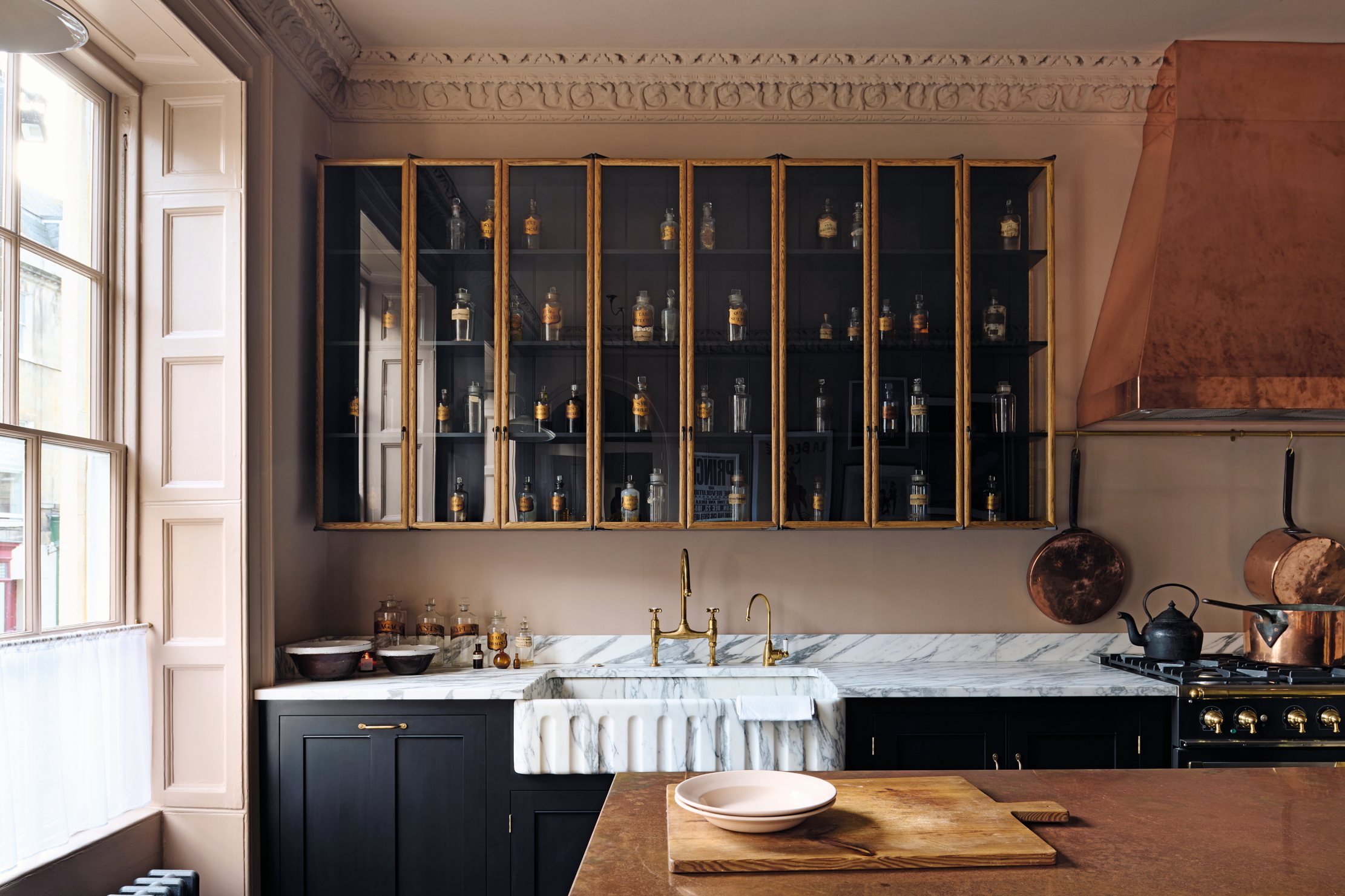
How the deep-lustre of copper brings period glamour to this kitchen
By Arabella Youens
-

The beauty’s in the detail: How English stone specialist Artorius Faber helped to bring Country Life's Chelsea stand to life
By Artorius Faber
SPONSORED -

A feast of ideas: What to expect at WOW!house 2025
By Amelia Thorpe
-

Curious Questions: Where did the viral Instagram Shaker kitchen come from — and how is it linked to Quakerism?
By Alexandra Goss
-
LIFE & STYLE
View All LIFE & STYLE-
-

Tuning in with the past: Monk music will ring out for the first time since the Dissolution after medieval manuscript is rediscovered
By Annunciata Elwes
-

Water you're waiting for? Britain's best heritage lidos were built to save swimmers from polluted seas full of potato peelings, oil and coal — and they're still in action today
By Kathryn Ferry
-

‘There is probably no sport in the world which is so misunderstood’: 75 years of Formula 1 according to the Country Life archive
By Rosie Paterson
-

West London's spent the last two decades as the laughing stock of the style set — here's how it got its groove back
By Will Hosie
-
COUNTRYSIDE
View All THE COUNTRYSIDE-
-

The life that thrives among the dead: How wildlife finds a home in the graveyards and churchyards of Britain
By Laura Parker
-

Peregrine falcons went to the edge of extinction in the 1960s — today, there are more of them than at any time since the Middle Ages
By Mark Cocker
-

I lichen the look of you: A rare lichen-covered fingerpost that's been frozen in time and donated to the Natural History Museum
By Annunciata Elwes
-
Gardens
View All Gardens-

Alan Titchmarsh: My garden is as pretty as I've ever known it, thanks to an idea I've rediscovered after 50 years
By Alan Titchmarsh
-
-

The Hollywood garden designers who turned their hand to a magical corner of Somerset
By Caroline Donald
-

Sarah Raven: The flowers I have that are flourishing superbly, despite the battering heat
By Sarah Raven
-

The 'Rose Labyrinth' of Coughton Court, where 200 varieties come together in this world-renowned garden in Warwickshire
By Val Bourne
-

'None of this would be here had the tithe barn not burned down that night’: How the terrifying destruction of a medieval landmark sparked the creation of the magnificent gardens of Bledlow Manor
By Tiffany Daneff
-

'The whole house shook. Everything was white. For four months, it felt as if we were on Mars': The story behind one of Hampshire's most breathtaking gardens
By Non Morris
-
ART & CULTURE
View all ART & CULTURE-
-

Canine muses: Lucian Freud's etchings of Pluto the whippet are among his most popular and expensive work
By Agnes Stamp
-

‘Reactions to the French in the 1870s varied from outrage to curious interest’: Impressionism's painstaking ten year journey to be taken seriously by the Brits
By Caroline Bulger
-

Canine muses: The English bull terrier who helped transform her owner from 'a photographer into an artist'
By Agnes Stamp
-

Richard Rogers: 'Talking Buildings' is a fitting testament to the elegance of utility
By James Fisher
-
Travel
View All Travel-

‘‘In the silence, it is the most perfect blue I have ever seen. If my goggles weren’t already overflowing with water I might even weep’: Learning to freedive on the sparkling French Riviera with a five-time World Champion
By Chris Cotonou
-
-

'Champagne is not simply a place, it’s a symbol of excellence': How a quiet rural region shrugged off war, famine and pestilence to become the home of the ultimate luxury tipple
By Lotte Brundle
-

Sophia Money-Coutts: When is the right moment to put your seat back on a plane?
By Sophia Money-Coutts
-

‘Whatever do you do up there?’ enquire certain English infidels. The answer? ‘Lady, if ya gotta ask, ya’ll never know’: David Profumo's piece of heaven in Highland Perthshire
By David Profumo
-

Game, set, match: 12 of the world’s most beautiful tennis courts beyond SW19
By Rosie Paterson
-

'Meat, ale and guns — what else do you need, bar glorious scenery?': William Sitwell on the Brendon Hills, West Somerset
By William Sitwell
-
Food & Drink
View All Food & Drink-

The last miracle of St Boswell? How a Scottish potato field became the world's least-likely producer of sparkling wine
By Lotte Brundle
-
-

How to make The Connaught Bar's legendary martini — and a few others
By Rosie Paterson
-

Gill Meller's tomato, egg, bread and herb big-hearted summer salad
By Gill Meller
-

Sophia Money-Coutts: Why clinking glasses and saying ‘Cheers!’ is a tiny bit embarrassing
By Sophia Money-Coutts
-

What do an order of Catholic priests and actor Hugh Bonneville have in common? They helped this West Sussex sparkling wine triumph over multiple French Champagne houses
By Lotte Brundle
-

11 golden rules for making a perfect cup of tea
By Jonathon Jones
-

How to make Eton mess strawberry blondies
By Melanie Johnson
-







